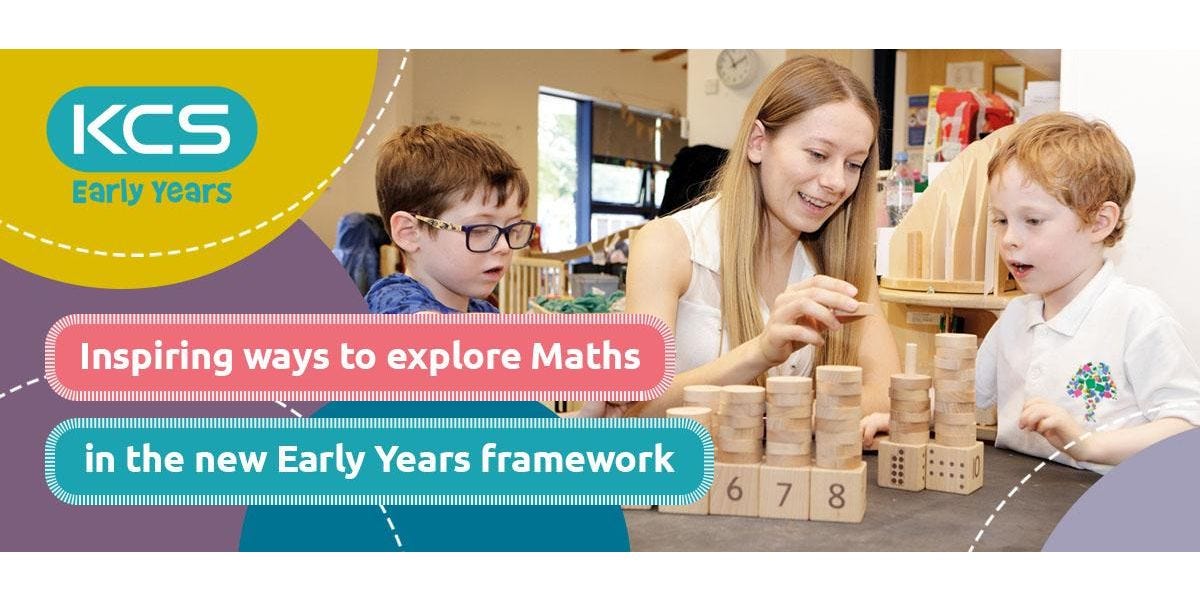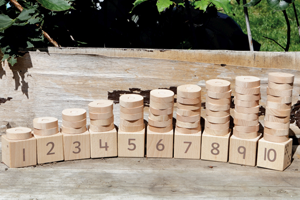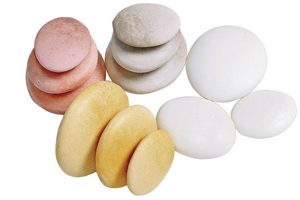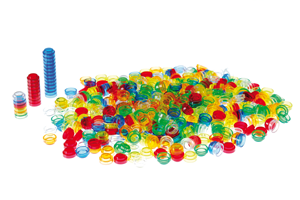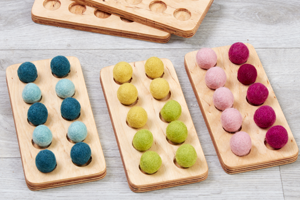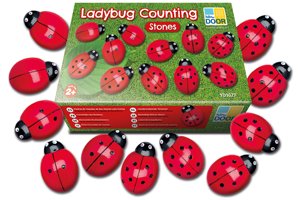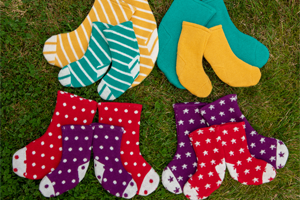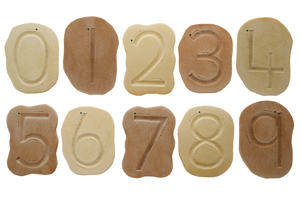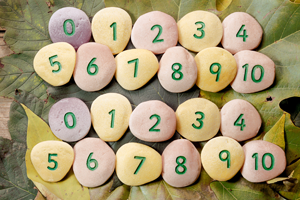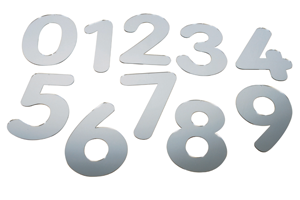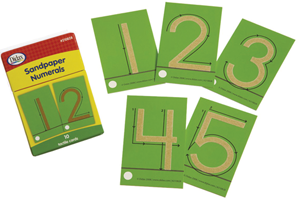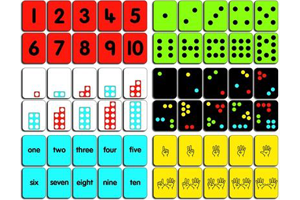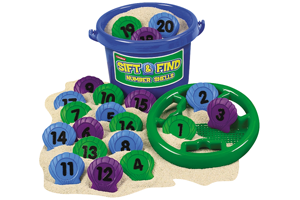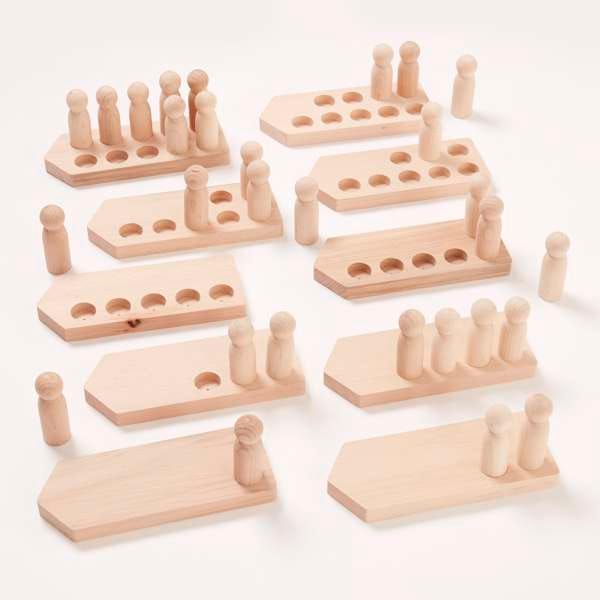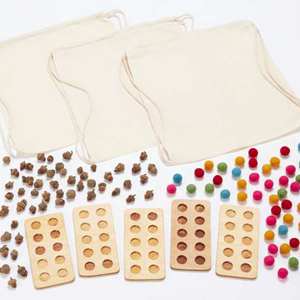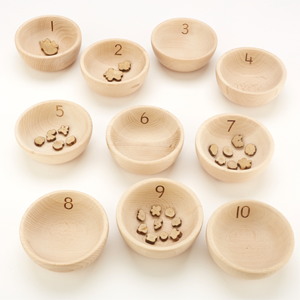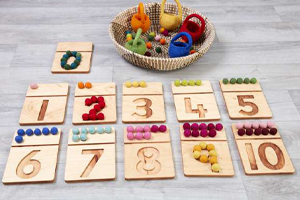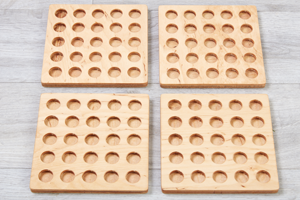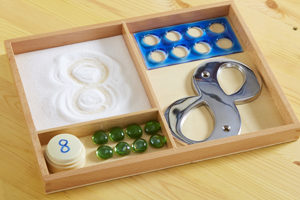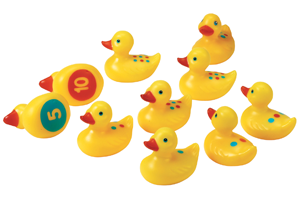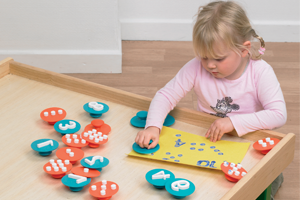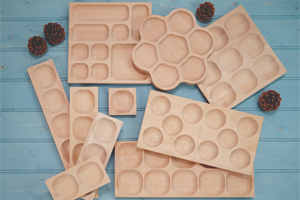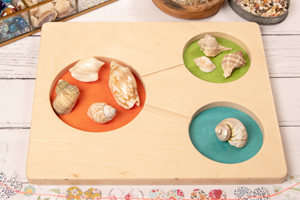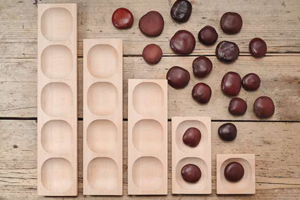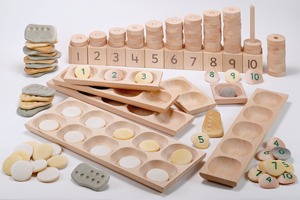“Maths is fun!” “Maths is exciting!” “I love exploring Maths!”
It’s certainly rewarding to hear such phrases amongst older children and adults and also vital to understand just how important Early Years Educators are in setting foundations for a lifelong love of maths.
With the 2021 DfE update to the EYFS maths framework comes a greater emphasis on active learning in maths, whether it’s through exploration, investigation, trial and error, critical thinking, perseverance and the use of manipulatives.
Although there’s plenty of scope to engage young mathematical minds - with high expectations from the Early Learning Goals and the added disruption of teaching caused by the pandemic - practitioners certainly have their work cut out.
How KCS can help with the revised EYFS maths framework…
To help set little learners on their way, KCS are here to offer you a helping hand in nurturing young mathematicians. Whether that’s reassurance that you’re on the right track, enhancing your subject knowledge, or suggestions for learning resources, come with us as we explore the framework changes and what it all means for you and your early learners!
1. Verbally count beyond 20, recognising the pattern of the counting system
Children happily and proudly learn to count, sometimes not quite in the right order, sometimes missing a number. Practice, practice, practice is the best way to master this skill. Number rhymes, songs and books can certainly help to make it fun; why not include actions such as clapping, jumping or stomping along as each number is spoken. Counting along as you perform everyday tasks, such as handing out the fruit at snack time and picking up the toys to pack away, is a brilliant way to make it more fun, accessible and incidental.
Recognising patterns within 1-20 is a little tricky but as children begin to count past twenty, there are patterns in numbers that can be heard and emphasised with actions. Holding up ten fingers on each tens number and the corresponding number of fingers for each one within the tens number, can be a good way to emphasise the patterns.
2. Compare quantities up to 10 in different contexts, recognising when one quantity is greater than, less than or the same as the other quantity
Sharing out and lining up loose parts side by side or in a frame is a great way of comparing more, less and equal. You could use our Natural Sorting Stones and Wild Animals Counters, or light up your maths using our Translucent Stackable Counters on a Light Panel.
A great resource and good all-rounder for comparing number, is our 1-10 Natural Number Stacker. Here, the loose parts are stacked on to the pole (which features the number in four different representations), making it a great fine motor exercise for your emerging writers too!
3. Explore and represent patterns within numbers up to 10, including evens and odds, double facts and how quantities can be distributed equally
Our Felt Balls and Wooden Tens Frames Pack are perfect for exploring odds and evens. By filling the tens frame with a given number from the bottom up, you can see visually whether a number can be arranged evenly in pairs or has an odd one out - and is therefore an odd number. You could also use this frame to explore doubles facts within ten by placing the same number of balls on each side and finding the total.
The Sack of Socks is another excellent resource for exploring odds, evens and doubles, with the added bonus of investigation opportunities for size, colour and pattern too. Our Ladybug Counting Stones are a resource with ready-made odds, evens and double facts, and could be used to explore and assess understanding. They are a wonderful tactile resource suitable for indoors and outdoors - perfect for sneaking into their play!
4. Have a deep understanding of number to 10, including the composition of each number
Numbers have different forms and representations - including words and numerals - meaning children need to see a range of representations to understand how they are connected and can mean the same thing.
We tend to introduce number in the Early Years with a written numeral but it also can be beneficial to include a written representation even before they are able to read.
Yet even when a child can count, and they know what the number looks like in written form, do they actually know what it means? What is two? What is five? How are they different? Is it the name of a flower or a car? If children haven’t explored numerals as numbers then it really is a foreign language to them.
At KCS, we have a wide range of wonderful resources to support number recognition and formation through play and active learning:
To make the concept less alien, it’s important to bring number into children’s everyday life as a natural feature of play. This allows children to explore through their natural curiosity, helping them to build confidence and develop a positive relationship with maths.
Handling manipulatives in their play allows children to make meaningful connections, test out theories and to make mistakes without fear. By having the opportunity to ‘make’ number and observing that two is made up of two components and five is made up of five, they are beginning to understand the concept of the cardinality of number.
It is also important to explore and challenge this concept. In a group of four toys, for example, is it still four even if the toys aren’t all the same? What if I arrange them slightly differently? This introduces the idea of conservation - four is always four, even when the components look slightly different.
Resources which encourage investigation and exploration are a great way to support and encourage learners' natural curiosity and encourage that positive relationship with Maths.
Our Maths Boats and People; Maths Mastery Kit and Counting Bowls are perfect for investigating and exploring number:
As well as stating that, children should ‘have a deep understanding of number to 10’, the new framework goes on to state, ‘including the composition of each number’. Understanding the composition of a number is recognising that there are different parts that contribute to the number value and these parts can be arranged in any way.
The cardinality of a number, i.e it’s value, will always remain the same. Three is always three whether we group those three parts as a 2 and a 1, or a 3 and 0, or 1, 1, and 1. This is called conservation. It is the composition that changes in these scenarios. Noticing composition, and beginning to describe it, are the first steps of addition and subtraction as well as learning number bonds.
Check out our Felt Balls Number Tray Pack, Felt Balls 5x5 frames and Versatile Tray for handy resources designed to support the exploration of composition:
5. Subitise (recognise quantities without counting) up to 5
Subitising is when you can look at an arrangement of components and know immediately what number it represents. An example is looking at the face of a die and knowing what the number is. It is also about seeing numbers arranged in different patterns and still understanding that it is the same number. Subitising is a really important skill as it increases maths fluency and also supports the journey into composition and number bonds.
Children may look at a three and a two for example and be able to tell you immediately that it’s five and begin to recognise that three and two are factors of five. Children’s brains are especially good at pictorial memory, so introducing subitising at this age is an excellent way to increase mathematical fluency. This gives them a great start and creates a positive early relationship with maths.
Introduce resources such as our Number Fun Ducks; Number Paint Stampers and Natural Tray Collection to help children begin to recognise number without counting:
6. Automatically recall (without reference to rhymes, counting or other aids) number bonds up to 5 (including subtraction facts) and some number bonds to 10, including double facts.
This is quite a tall order for five year olds! As hard as it, resist the urge to recite, recite, recite and instead be curious, explore and investigate. Reciting doesn’t bring with it any understanding and it is the deep understanding of number at this basic level that is so important.
Exploring and investigating mathematical concepts using concrete objects will help learners be able to visualise mathematical concepts, make connections, reason, and develop fluency. This supports learners to apply what they already know to what they need to work out, making them efficient problem solvers whilst also boosting their confidence.
The Part, Part, Whole Tray is an excellent way of exploring number bonds. Fill the ‘whole section’ with the number of objects you want to explore and ask the children to share the objects into parts and find different ways of doing so. Don’t forget to ask them to describe the parts and to record all the different ways, for, or with them, using pictures and more formal written methods, depending on the child.
Number frames are another great way to explore number bonds to five. Using two different coloured objects, how many different ways can you fill the fives/four/three/two/one frame? How would you describe it? Show the children different arrangements in the frames and see how quickly they can tell you the number and it’s composition. Can they think of another way to make the same number? For a great resources, check out our 1, 2, 3, 4, 5 Frame Tray
All of the prior skills we’ve discussed above also feed into number bonds to five. Exploring subitising and composition means that children are being exposed to number bonds and you might be surprised what they can already tell you! The key is, if they’re expected to be able to recall them ‘without reference to rhymes, counting or other aids’, they need to be made explicit at some stage in their exploration and the children need to be specifically asked for the pairs.
In respect of the terminology used, you could absolutely use the term number bonds, and this is probably recommended as children are perfectly capable of learning new terminology; look at all the complex dinosaur names they learn! If it is familiar terminology to them from an early age, then even if they don’t quite understand it at that point, at least it won’t be a totally alien concept to them when they are ready to develop their understanding.
Familiar terminology could be quite comforting and motivating to them, meaning they already have some connection with the concept, allowing them a ‘way in’. To introduce the concept you could be creative and call them buddies and friends alongside using the terminology ‘number bonds’ for example.
Within this investigation of number bonds, don’t forget to also highlight the doubles facts which is another requirement of this specific ELG. Our Doubling and Halving Kit is a great way to explore doubling, along with the resources mentioned previously in the Exploring Patterns in Number section above.
Finally, our Maths Mastery Collection is the ultimate ready-made kit for exploring and investigating number. Containing, a tens frame tray, set of five frames, 1,2, 3, 4, 5 Frame tray set, Two-tone Counting stones, Tactile Counting Stones and Number pebbles it has everything you need to create a Maths-rich and curiosity-led Early Years environment. All you need to add is your professional skills and knowledge together with a big dose of nurturing!

